Constraints on the X-ray-to-radio fluence ratio of FRB 20240114A
Revista : ASTRONOMY & ASTROPHYSICSVolumen : 695
Tipo de publicación : ISI Ir a publicación
Abstract
We report on multiwavelength observations of FRB 20240114A, a nearby (z = 0.13), hyperactive, repeating fast radio burst that was discovered in January 2024. We performed simultaneous observations of the source with the Effelsberg 100-m radio telescope, the Thai National Radio Telescope, the Astropeiler Stockert, and the X-ray satellite XMM-Newton in May 2024. On May 23, 2024, we detected 459 bursts from the source using the Ultra-Broad-Band (UBB) receiver of the Effelsberg telescope, covering a frequency range from 1.3 GHz to 6 GHz. All bursts have simultaneous X-ray coverage, which allows us to put stringent constraints on the X-ray-to-radio fluence ratio, eta(x/r), of FRB 20240114A. In this work, we focus on the three brightest radio bursts detected during the campaign. The brightest burst exhibits a radio fluence of 1.4 x 10(-17) erg cm(-2), while the 3 sigma upper limit of the 0.2-12 keV absorption-corrected X-ray burst fluence lies in the range of 3.4 x 10(-11) erg cm(-2) to 1.7 x 10(-10) erg cm(-2), depending on the spectral model. Assuming a 10 keV black-body spectrum, the X-ray-to-radio fluence ratio can be constrained to eta(x/r) < 1.2 x 10(7). A cutoff power law (Gamma = 1.56, cutoff at 84 keV) is also considered, physically motivated by the Galactic magnetar SGR 1935+2154, which has previously shown X-ray bursts associated with FRB-like radio bursts at a measured X-ray-to-radio fluence ratio of eta(x/r) similar to 2.5 x 10(5) (1-250 keV). In this scenario, we find that eta(x/r) < 2.4 x 10(6). Our results are consistent with FRB 20240114A being powered by a mechanism similar to that of SGR 1935+2154. We show that future multiwavelength campaigns will be able to improve this limit if sufficiently bright radio bursts are observed with simultaneous X-ray coverage.




 English
English
